Lightweight, durable and cheap! Polyethylene pipes for heating are the best solution
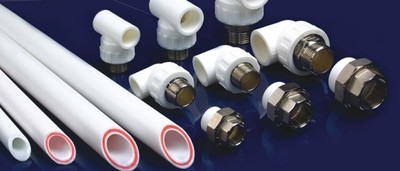
Polyethylene pipes have become a guarantee of comfort today. The structure allows use them for many years.
They are considered the main component in maintaining communication between all elements of heating, water supply and other systems.
Technical characteristics of cross-linked and heat-resistant polyethylene pipes
Polyethylene pipes have special markings. They are divided into types:
- REX - sewn;
- PE-RT - heat-resistant.
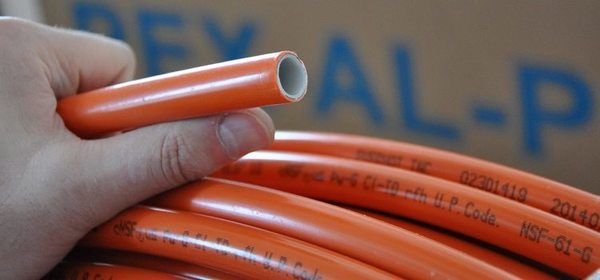
Photo 1. Cross-linked polyethylene pipe. Such products are often used in warm water floors.
Such materials are used for heating and water supply. In this case, the polyethylene structure is improved by modifications of the composition. Therefore, this substance is able to withstand high loads and elevated temperatures. Cross-linked polyethylene is used in different situations. The substance has a number of characteristics that relate to its properties. The product by structure tolerates high temperatures well. The material becomes durable without losing its elasticity.
Polyethylene, when heated, tries quickly restore the previous shape, if deformation occurred due to load. It is worth considering the level of crosslinking. When this indicator is high, there are more intermolecular bonds. This type is considered durable and high-quality.
All types of sewn tubular products apply special markings. If there are initials on the material REX, this means that the structure of the product has increased stability.
When found PE-RT markings, what does heat resistance mean. In such a material, the molecular structure changes according to other processing methods. Heat-resistant products are suitable for heating systems. The material has the following qualities:
- Tolerates high temperatures and internal pressure.
- The duration of use is 50 years old.
- PE-RT types are repairable and weldable.
Reference. Type PE-RT is considered elasticWhen the liquid inside freezes, the structure is not destroyed. When the liquid melts, the pipes operate as before, without requiring repair.
Features of production
In the production of polyethylene used in the form of granules. At high temperatures the substance begins to melt.

Then it is pressed through the annular hole. This stage forms the required section. When the pressing process occurs, the workers control the homogeneity.
If the product is intended for a room or floor heating system, then the structure an oxygen barrier is created. The material is additionally covered with a film of ethylene vinyl alcohol, which dries quickly.
When stitching occurs, cheap production methods are used. For this purpose, they can use reagents. Otherwise apply electron beam irradiation. This method of production is slow and expensive.
Advantages
The use of polyethylene pipes requires the following selection criteria:
- heat resistance;
- strength;
- does not corrode;
- no layers appear inside the product;
- the shape is restored independently without installation;
- weigh little;
- easy to install;
- high technological capabilities;
- safe materials.
Polyethylene has the advantage of being able to retain its shape. At the same time, the material resistant to high temperatures. Such products are widely used for heating systems. This is considered the main difference from polypropylene and simple polyethylene material.
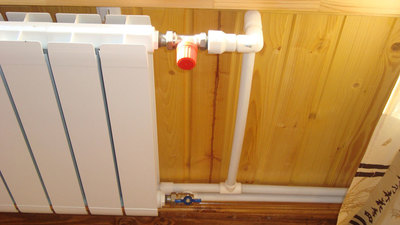
Structure resistant to corrosion process. Therefore, such material is more popular than copper. In polyethylene, no build-up due to hard water forms on the inner wall.
For long service life there is no reduction in flow rate. Therefore, they are often used to replace steel ones, in which a delay in flow occurs over time.
Polyethylene after deformation restores its original shape. In some situations, expansion and contraction occur. Other materials do not have this property. Therefore, polyethylene is not afraid of temperature changes and external influences. And also such products have a small mass. This allows easy installation according to any schemes. Polyethylene allows for convenient fitting manipulations, which connects pipes where welding, gluing and soldering are not required.
Important! Polyethylene is made from environmentally friendly components. It is used not only for heating, but also for water supply at home.
Flaws
Polyethylene has disadvantages, which include the following properties:
- the material is afraid of light;
- internal or external insect damage;
- no glue is used during installation or dismantling;
- has a negative impact on health.
Attention! Polyethylene pipe products are not used in places where there is a lot of sunlight. In direct When exposed to ultraviolet radiation, quality deteriorates.
Polyethylene attracts insects. Bugs are able to penetrate the structure and as a result, holes are formed. This leads to water leakage. It is impossible to use glue on polyethylene. The substance has a destructive effect on the structure. In this case, the material can be damaged by the insulation glue.
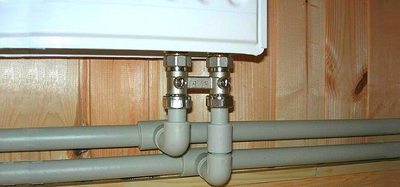
Insulating materials for heating systems must be selected carefully. Otherwise, the service life will be reduced and the pipes will have to be replaced again.
Over time, polyethylene accumulates harmful substancesWhen water enters, these particles enter the human body through the liquid. Therefore, it is believed that the material has a negative effect.
Installation Features
There are several installation methods available. They are used with:
- Compression fittings.
- Press-fit fittings.
When using compression fittings, the installation process is considered simple. First, you need to direct the thread to the connector and put on the nut. Then use a split ring, which is pulled. The edge of this element should recede from the cut no more than 1 mm. Then the pipe is placed on the fitting nipple. To finish, the nut is tightened. Wrenches are used for this.
Important! The compression nut must be tightened carefully so as not to damage the pipe.
Installation of pipes with press fittings requires pressing equipment. Installation using this method is carried out in the following stages:
- A continuous clamping sleeve is placed on the pipe.
- They use an expander, which is inserted until it stops.
- Then you need to bring the handles of the expander together. They should be held 10-20 seconds.
- It will need to be inserted into the fitting. This is done until it stops.
- The press is used to press the sleeve onto the fitting.
Pipes sewn from polyethylene will be the best solution for the heating system. Such material and design will be irreplaceable for a long time.
Thermal insulation made of foamed polyethylene
Thermal insulation protects pipes from freezing, and also from heat loss. One of the best heat-insulating materials for pipes is foamed polyethylene. Its feature is high resistance to heat transfer, due to which heat-insulating properties are increased.
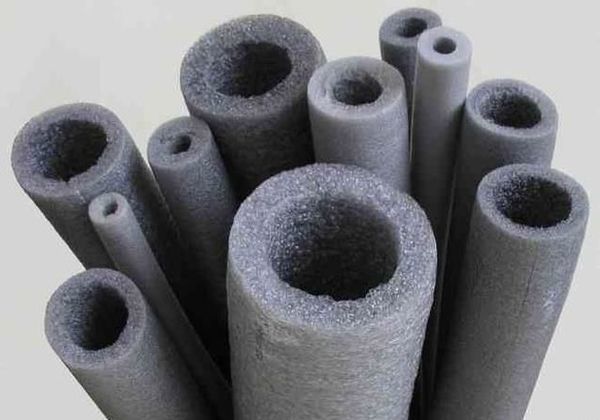
Photo 2. Foamed polyethylene for thermal insulation of pipes. The material can be selected for any diameter of pipe products.
In addition, foamed polyethylene is eco-friendly material, it is resistant to aggressive environments, has increased strength, moisture resistance, and durability.
Useful video
Watch the video to learn what to look for when choosing polyethylene pipes.
How to choose polyethylene pipes for a heating system?
Depending on the area of use, the material REX or PE-RT is selected. However, It is necessary to know the rules of use and installation. Polyethylene should be used in places where sunlight does not fall. However, in any case, any type of material well suited for heating system. In such conditions, there will be no negative impact on the body. In addition, the diameter and wall thickness indicators should be taken into account.








Comments